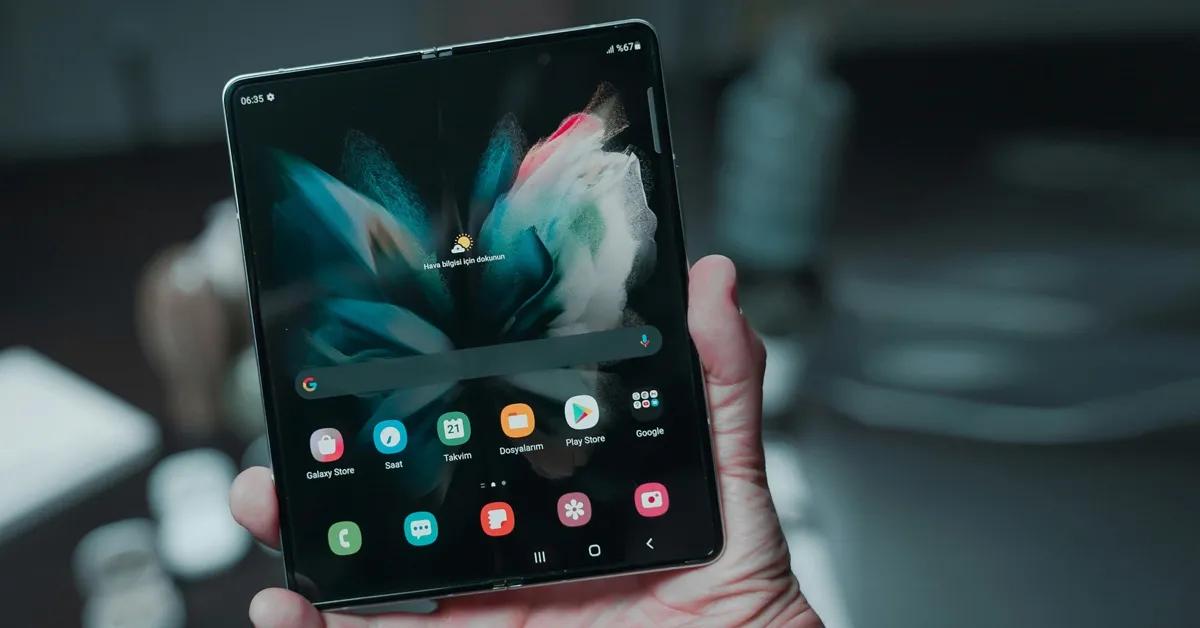Interest in foldable smartphones is rising, spurred by their innovative design, which is compact when the phone is folded whilst also enabling users to access a bigger screen size when the phone is unfolded. The addition of an optional larger screen in a smartphone unlocks many advantages for end users. From giving larger screens to watch movies on, enabling easier work on the go like by editing a spreadsheet with full view and enough room to observe the changes, all the way through to just being able to use two or more apps at once more comfortably, there are many advantages that make it a great option for those searching for a new phone
But how does this affect the applications that need to be used on foldable phones and what needs to be tested? Are there any issues that can arise when testing applications on these phones? These topics will be explored and covered in this blog.

Testing if applications can run smoothly when a smartphone is folded and unfolded
Any and all applications need to run as smoothly as possible on any and all phones, to ensure users have an uninterrupted and good experience free from any glitches and unexpected content issues. The added dimension of a foldable screen poses challenges not seen with the long-established vertical standard of apps, and as such, QA testing must be a top priority.
Applications need to be tested to run seamlessly when the smartphone is folded and unfolded. Testing should ensure that the applications continue to be displayed in full size and no blank space is displayed after the phone is switched from folded to unfolded.
Additionally, testing should ensure that after the switch all parts of the application should stay as they were previously displayed, no matter that the size and layout is changed. The menus, buttons, input fields, and icons should be in the correct place and displayed accordingly.
Expectations are that the switch between folded and unfolded view should happen without a hitch and users can use the app continuously, no matter how many times it has transitioned from folded to unfolded. For example, the position of the scroll bar should stay the same, and typed text is restored and saved when there is a transition, selections are saved as well so there is no need to retype the same information.
Tests should also ensure that audio and video continue playing with no issue, so if the audio is playing when the smartphone is folded after the switch to the unfolded state it should continue to play from where it was while the phone was folded, the same should apply when audio is paused, and streams should remain paused after the transition.
The need for app rotation testing
This can be a real challenge but it is important to test because of how often the feature is used.
Changing the screen from portrait to landscape and vice versa is not something new and depends on user preferences and needs. Applications need to adjust to that change. For example, images and videos should be displayed and tested to see if they are showing properly. Rotation can also determine how the applications will be displayed, also with rotation testing, issues can be avoided, and any layout problems as well.
What is important and needs to be tested is the user experience of the application
Users can have full experience doing multiple tasks at the same time. This is another benefit for the users of foldable smartphones. So the test will include phones with versions of Android that support multi-window.
With this apps can be side by side and one above the other - Split view, and this should include the application being tested in different positions on the screen. Also Picture in Picture mode which allows an application to be overlapped by another application displayed in a small window.

Free-form mode in which application size and position on the screen can be adjusted and resized by the needs of the user.
The Drag and drop option allows the user to arrange and organize the applications on the screen. More test scenarios are appearing because different screen size ranges are possible. Also it is very important to observe and test this because this allows the user to use two or more applications at the same time.

Another thing that needs to be considered here is the Multi-Resume of the applications. Resuming one application while other applications are paused on the screen must be handled and tested. So with this the messages are not displayed when that application is paused or video is not playing when it is in a paused state, but the application that is resumed is running as expected. Resuming multiple applications at the same time must be looked at and thought about carefully, because this is expected to be a mandatory feature in future as it will allow the user at the same time to do and observe different tasks while switching between the applications. The applications should run at the same time. This should be considered because many complications can arise related to this.
Resizing the application brings many test scenarions as well because text and the elements on the applications can be damaged in a way that they are missing or overlapping.

Different ways of folding the smartphones is another thing that needs to be mentioned, and with this test scenario numbers are rising because there are different ways to unfold the smartphones and they come in various sizes and designs.
Potential Issues that Can Arise when Testing Applications on Foldable Smartphones
Different sizes and models of foldable smartphones
Tests must consider the vast number of different models and designs and for as many models as possible, the number of test cases will rise as new models in different sizes and designs are added to the market.
Testing using simulators or real devices
One major difficulty with simulator testing is gaining adequate access to them. Furthermore, the real question is will the simulators be good and reliable enough to replace real device testing. On the other hand, testing on real devices can increase the cost of a project and will require additional device maintenance.
You can read more about testing on emulators/simulators and real devices in this blog article.
Curiosity and interest in foldable phones is expected to rise, and the ever-increasing number of innovative designs on the market will only fuel this growth further. As this happens the testing on foldable smartphones will need to keep up and ensure apps function. seamlessly in folded and unfolded states



